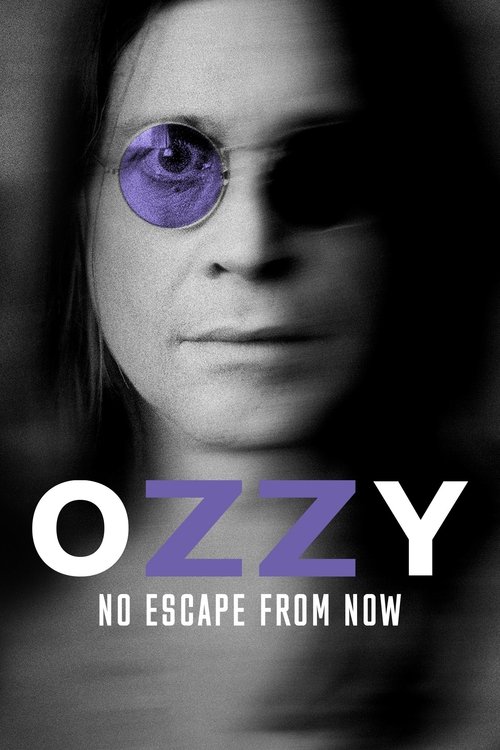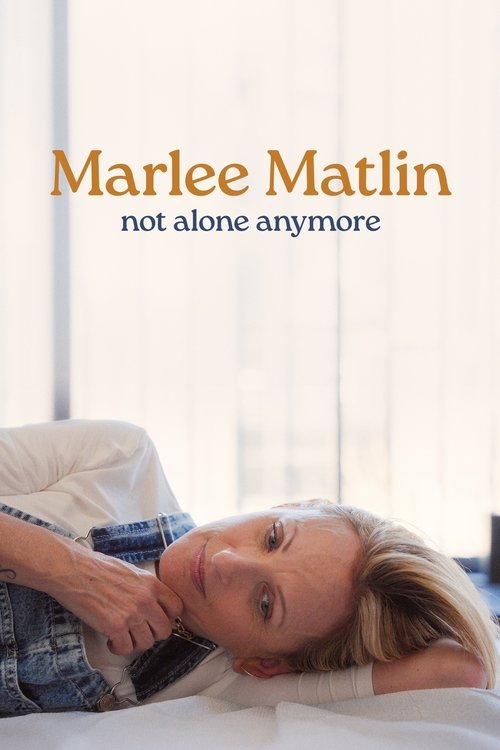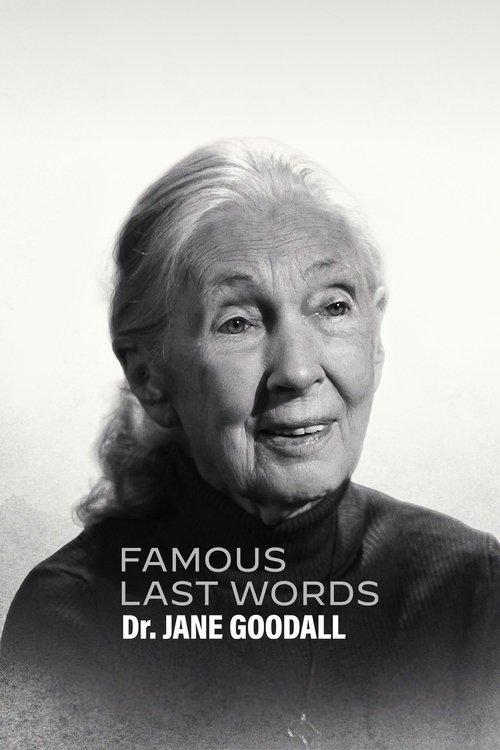
Ask Your Own Question
What is the ending?
The ending of The Perfect Neighbor (2025) is a somber, unresolved reflection on the aftermath of Ajike Owens's killing. The documentary concludes with the legal proceedings against Susan Lorincz, who is ultimately convicted of manslaughter and sentenced to prison. The film does not offer a sense of closure for Ajike's family, instead lingering on their grief and the community's ongoing struggle with the implications of the case. The final scenes juxtapose the Owens family's quiet mourning with footage of neighborhood tensions, leaving viewers with a sense of the deep, lasting impact of the tragedy.
The documentary's final act begins with a tense courtroom scene. The camera lingers on the faces of Ajike Owens's family--her children, mother, and close friends--as they sit in the gallery, their expressions a mix of exhaustion, sorrow, and guarded hope. The judge reads the verdict: Susan Lorincz is found guilty of manslaughter, not murder. The courtroom reacts with a murmur; some of Ajike's family members bow their heads, others exchange glances, their relief tempered by the weight of their loss. Lorincz, shown in a pale blue jail uniform, remains expressionless as she is led away by bailiffs. The camera follows her out of the courtroom, then cuts abruptly to the empty hallway, emphasizing the abrupt finality of the legal process.
The next scene shifts to the Owens family home. The house is quiet, filled with the soft sounds of children playing in another room. Ajike's mother sits at the kitchen table, staring at a photograph of her daughter, her hands trembling slightly. One of Ajike's daughters enters, hesitates, then sits beside her grandmother, neither speaking. The silence between them is heavy, filled with unspoken grief and the absence left by Ajike. The camera holds on this moment, allowing the audience to feel the depth of their loss.
A series of interviews with neighbors and community members follows. Some express relief at the verdict, while others voice frustration that the charges were not more severe. One neighbor, visibly shaken, recounts how the shooting has changed the way she interacts with others on her street, describing a new wariness and distrust. The documentary intercuts these testimonies with footage of the neighborhood itself--children riding bikes, people gardening, the ordinary rhythms of life continuing, but now shadowed by the memory of violence.
The film then returns to the Owens family, this time at a small memorial gathering in their backyard. Friends and relatives share stories about Ajike, laughing and crying as they remember her warmth and generosity. The children release balloons into the sky, their faces a mixture of sadness and tentative smiles. The camera lingers on the balloons as they drift away, a visual metaphor for both remembrance and the elusive nature of closure.
In the final minutes, the documentary revisits the bodycam footage that has been a recurring motif throughout the film. This time, the footage is silent, showing the moments just before the shooting--Ajike approaching Lorincz's door, the tension in her posture, the sudden, violent conclusion. The screen fades to black, and text appears: "Ajike Shantrell Owens, 1983–2023." The credits roll over a montage of neighborhood scenes, now empty and still, the ordinary world carrying on, forever marked by what happened.
The fate of each main character is clear by the end: Susan Lorincz is incarcerated, her life irrevocably changed by her actions and their consequences. Ajike Owens's family remains in their home, grieving but united, their lives forever altered by her loss. The community around them is shown grappling with the aftermath, some seeking healing, others resigned to a new normal defined by caution and mistrust. The documentary does not offer easy answers or resolution, instead presenting the events as they unfolded and the enduring impact on all involved.
More Movies Like This
Browse All Movies →
Who dies?
In the documentary film "The Perfect Neighbor" produced in 2025, the character who dies is Ajike "AJ" Owens. The circumstances of her death are as follows:
Ajike Owens, a 35-year-old mother of four, was involved in a prolonged and escalating feud with her neighbor, Susan Lorincz, in Ocala, Florida. The conflict began in January 2021 and continued for over two years, primarily over issues related to Owens' children playing near Lorincz's lawn. The tension between them was exacerbated by Lorincz's behavior, which included yelling at the children and making false reports to the authorities. There were also allegations that Lorincz used racial slurs against Owens' children, though Lorincz denied this.
The final confrontation occurred on June 2, 2023. It began when Owens confronted Lorincz after she allegedly threw a roller skate at one of Owens' children. During the argument, Owens approached Lorincz's home, and Lorincz shot her through the locked front door with a .380-caliber handgun. Lorincz claimed she acted in self-defense, stating that Owens was pounding on her door. However, this account has been disputed, and the incident sparked significant debate about Florida's "stand your ground" laws.
The documentary explores these events through police bodycam footage, providing a detailed look at the disputes leading up to the tragic confrontation. It offers viewers a chance to understand the complexities of the situation and form their own conclusions about what happened in the tight-knit community.
Is there a post-credit scene?
The 2025 documentary film The Perfect Neighbor does not have a post-credit scene. The available information about the film, including detailed reviews and summaries, does not mention any post-credit or after-credits scenes. The film concludes with its exploration of the tragic shooting of Ajike Owens and the surrounding circumstances, leaving a lasting emotional impact without additional scenes after the credits.





















